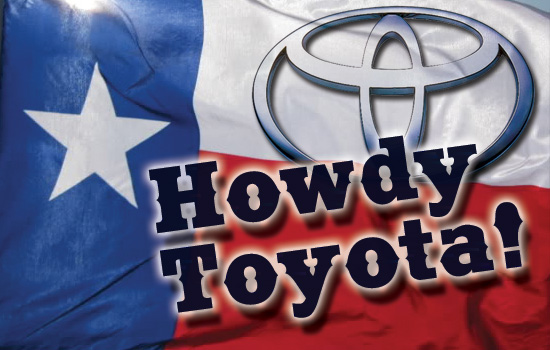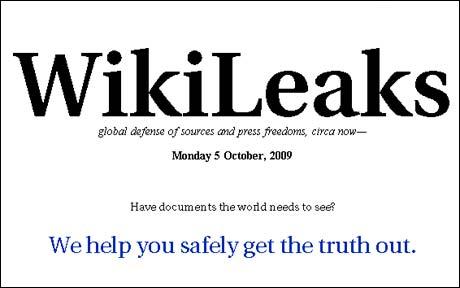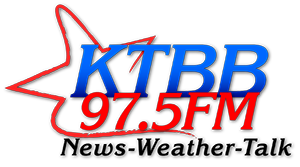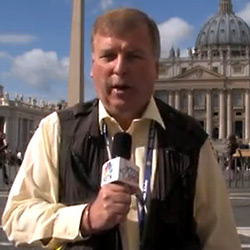The Dow is not the economy.
I’m going to let you in on a running conversation I’m having with a good friend and colleague in which I have taken him to task for equating a 16-thousand Dow with a strong economy under the Obama administration.
I told him that never in our two lifetimes has the Dow Jones Industrial Average been less reflective of the underlying economy than it is right now.
The need to finance huge federal deficits is the reason. To finance the deficit the Federal Reserve is keeping interest rates well below nominal levels. (Read: near zero.)
Massive amounts of money that would nominally serve as equity capital for small business investment or as liquidity on the balance sheets of banks that could be turned around into loans is instead flowing into the stock market.
That’s because rates are so low that there is no other place to put it.
The very predictable result has been a huge polarization of income – unlike any time in our history. That’s what happens when only those who have a critical mass of investable funds get to play while everyone else watches. It’s the clearest example possible of “the rich get richer.”
A comparatively small number have, in fact, gotten “hideously richer” – as my friend put it – while the rest of us have languished. (And the richly ironic little secret is that many of those much-maligned filthy-rich Wall Streeters that Dems love to vilify are, in fact, uber-educated, uber-connected, uber-northeast-liberal dyed-in-the-wool DEMS!)
A monetary policy that keeps interest rates artificially low for the sole purpose of financing massive federal deficits is anything but “carefully applied remedial public policy” as my friend characterized the Obama administration’s policies. It makes it cheap for the federal government to borrow which, among the many problems with huge federal borrowing, crowds out private sector borrowing. That hits small business particularly hard. (If you know a small business owner, ask him if he’s tried to raise or borrow any start-up or expansion capital lately.)
A healthy economy needs that wonderful space between safe earnings on interest-bearing instruments on the one hand and public equity markets tethered to economic fundamentals (rather than skewed monetary policy) on the other. That’s where the money for business start-up and expansion is found.
We don’t have that now, which is what is contributing to a Dow that is making the filthy-rich filthier while savers, retirees and small business owners are all curled up in the fetal position.
My friend, speaking of those that have gotten rich in the market, asked, “Isn’t something supposed to ‘trickle down’ now?” My answer is, so long as the federal government continues to finance large deficits with money conjured out of thin air by the Federal Reserve, the economy will putt-putt along stuck in second gear. Nothing will “trickle down.”
With the resulting slow-growth economy, opportunity is limited, which disproportionately impacts those on the lower rungs of the economic ladder. Thus it’s a particularly bad time to be young, relatively unskilled and relatively inexperienced.
Just ask a recent college grad.









obama and the liberals have been especially good at applying the smoke and mirrors effect ever since obama was placed into office. You only have to look at congress to see the effect of this in how many democraps have amassed enornmous wealth from policies they have made. Look at nancy pelosi, harry reid, to name a couple of prime examples. feinstien is another prime example of how the dems have gone to great lengths to see that they have accrued enormous wealth at…whose expense??? The people, you and I. They apply this smoke and mirrors to keep us from seeing the true nature of what is going on…to keep us ignorant. It is time to take the blinders off people and start holding every elected official accountable or we will never be able to pull ourselves out of the mess we are in! This is only the next step in obama and the liberals agenda to take over and ruin this country. It is time for US to dig deeper and root out the problem before the weeds completely take over! That begins with us getting to the truth of what is really going on here!!!
I explained it to a friend in much the same way, and to clarify I compared the 16000+ Dow today to the 14000 it hit under Bush.(He hated that) If you had $100,000 in savings when it was 14000, it would buy more then than if you pulled the money out of savings today with the Dow at 16000+ including what it earned since the 14000 Dow. I told him to list the things he buys the most, and the prices at 14000 on such things as gas, food, utilities for your home, etc, and compare to today. I told him that when the Dems took over congress in ’06, I pulled money out of savings and some other instruments and bought gold and silver because I and many others saw this coming. I’ve doubled my money. I don’t think those who have had money in the stocks on the Dow can say they came close to that…..hmmmmm, economy improved? I think not.